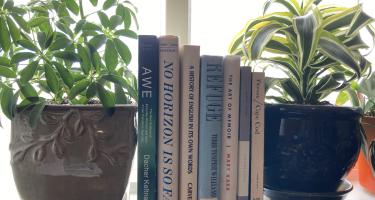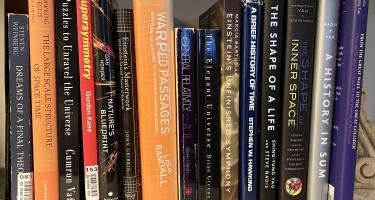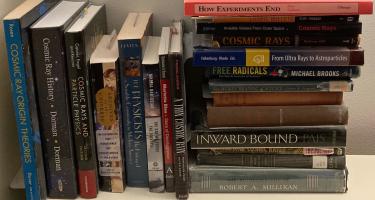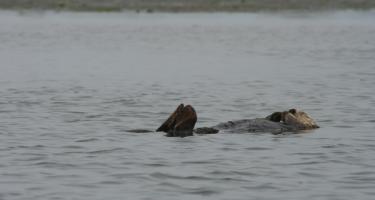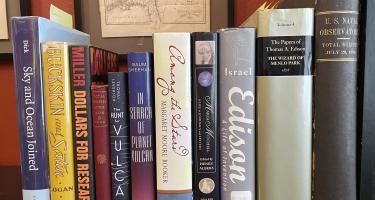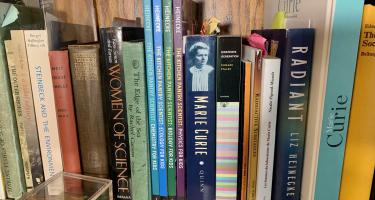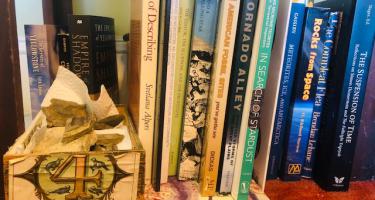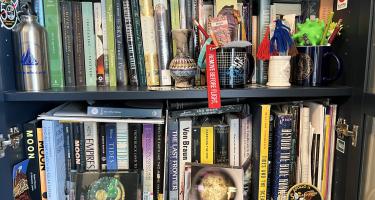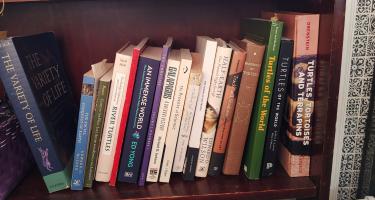
George R. Zug and Devin A. Reese (NASW member)—Tortoises of the World: Giants to Dwarfs
All tortoises are turtles, but not all turtles are tortoises, herpetologist George R. Zug and NASW member Devin A. Reese report in Tortoises of the World: Giants to Dwarfs. Tortoises may converse via low-frequency vocalizations, this illustrated guide to 47 tortoise species relates. They can feel tactile stimulation of their shells. Habitat change and direct exploitation threaten their survival.
